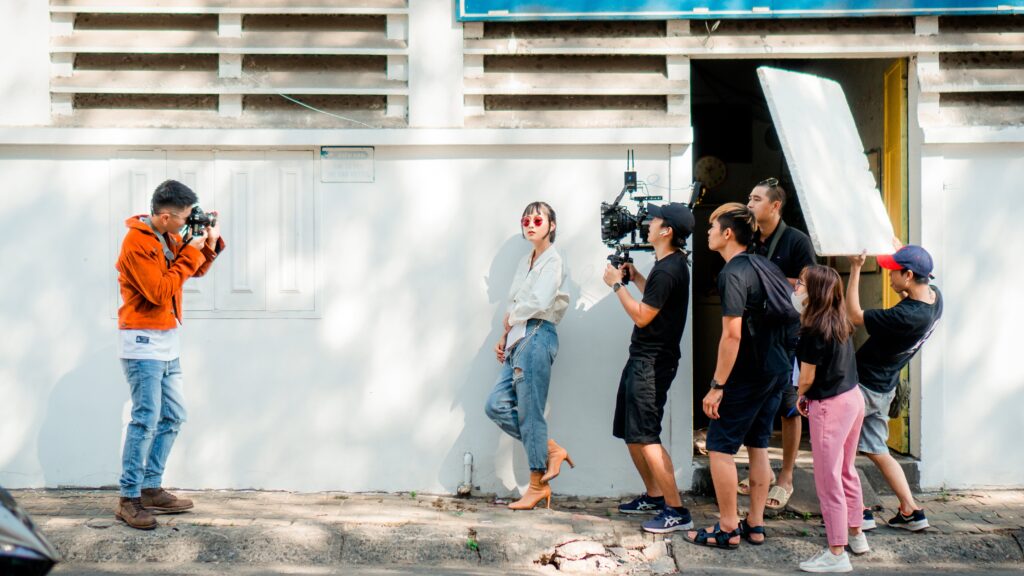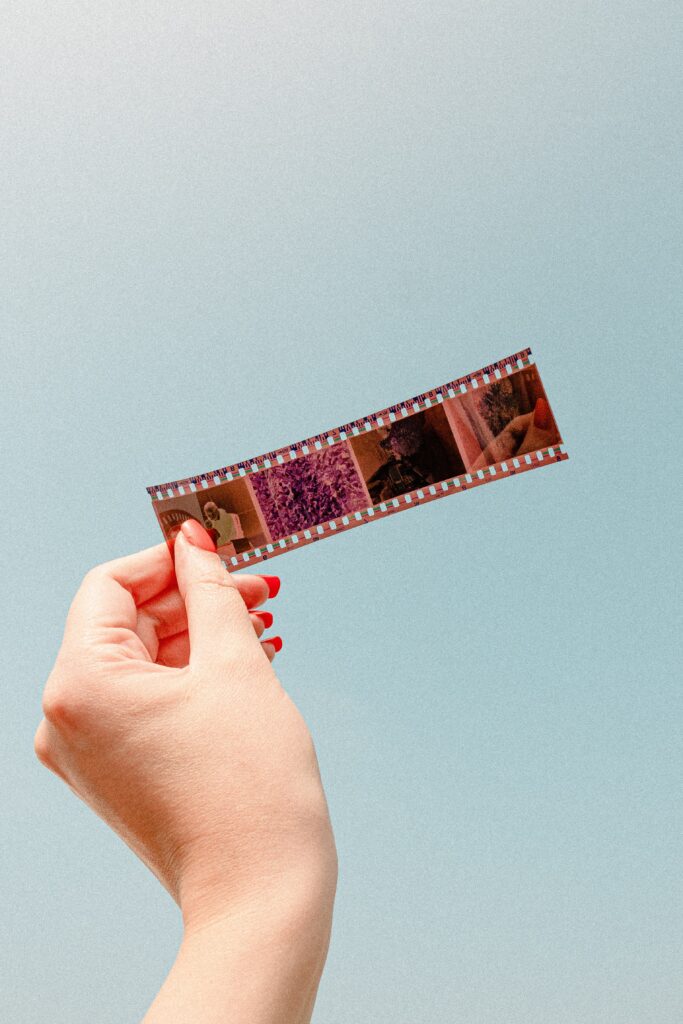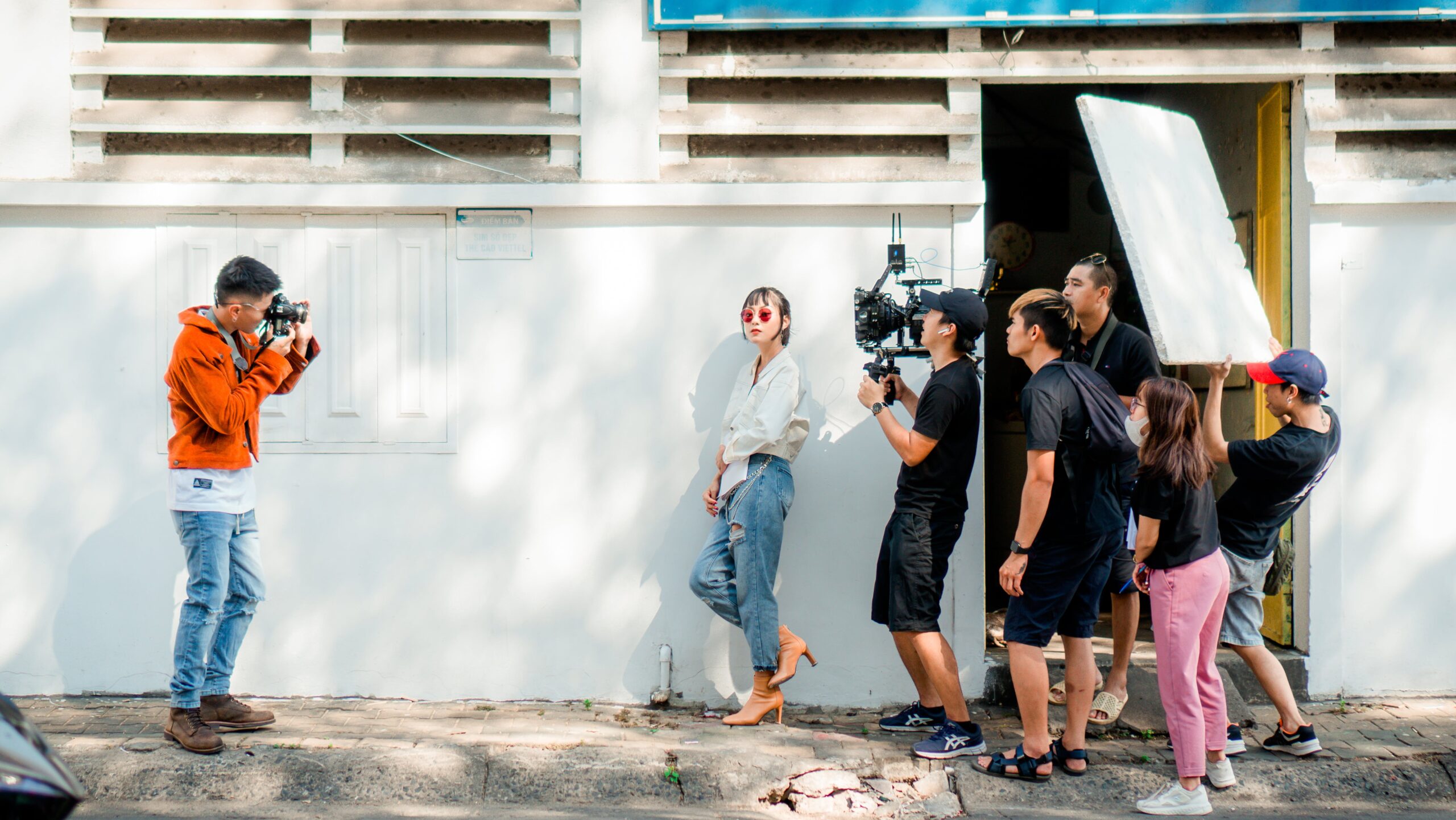Are you passionate about photography? Do you want to take stunning photos like a professional? In this article, we will guide you through the art of photography, teaching you how to capture the best shots in any situation. We will show you how to find and use the perfect light conditions, master manual camera settings, and uncover the secrets of the best photographers. Not only that, but we will also reveal how to turn your passion into a profession, make money selling your photos, and travel to the most breathtaking locations for the perfect shot. Additionally, we’ll share tips on creating a website to showcase your photography portfolio, buying the best camera for your kids, and maintaining and cleaning your gear. So grab your camera, and let’s embark on this exciting journey together as you master the art of taking stunning photos! The best part? It’s all for free. So, are you ready to delve into the world of photography and unlock your creativity? Let’s get started!
How to Get the Best Light Conditions
When it comes to photography, having the right lighting conditions can make all the difference in creating stunning photos. Whether you’re shooting outdoors or indoors, understanding natural lighting and knowing how to use artificial lighting can help you achieve the perfect lighting for your photos.
Understanding Natural Lighting
Natural lighting, also known as available light, is the light that is already present in a scene. It can vary depending on the time of day, weather conditions, and the environment you’re shooting in. To make the most of natural lighting, it’s important to pay attention to the quality and direction of the light.
For outdoor photography, the golden hours are often the best times to shoot. These are the hours around sunrise and sunset when the sun is low in the sky, casting a warm and flattering light. During these hours, the light is softer and more diffused, creating a more pleasing effect.
On the other hand, harsh sunlight during midday can create sharp contrasts and unflattering shadows. If you find yourself shooting during this time, look for areas with shade or use a reflector to bounce light onto your subject and reduce the harshness.
Using Artificial Lighting
While natural lighting can be beautiful, there are times when you may need to rely on artificial lighting to achieve the desired effect. Artificial lighting gives you more control over the intensity, direction, and color of light, allowing you to create the exact look you want.
When using artificial lighting, it’s important to consider the type of light source you’re using. Continuous lighting provides a constant source of light and is useful for both photography and videography. On the other hand, flash photography uses a brief burst of light to illuminate the subject and is often used in low-light situations or to freeze motion.
Experimenting with different types of artificial lighting, such as studio lights, LED panels, or even household lamps, can help you understand how each type affects your photos. Don’t be afraid to get creative and try different setups to achieve the desired mood and atmosphere for your shots.
Experimenting with Different Lighting Angles
Aside from the quality and direction of light, the angle at which you position yourself and your subject in relation to the light source can also have a significant impact on the final result of your photos. By changing the angle, you can create different effects and enhance certain features or details.
Shooting from a high angle can be used to create a sense of power or dominance, while shooting from a low angle can make your subject appear larger or more imposing. Side lighting can create dramatic shadows, while front lighting can provide even illumination.
Don’t be afraid to experiment with different lighting angles and see how they affect your photos. Move around, try shooting from different perspectives, and see which angles work best for the look and feel you’re trying to achieve.

This image is property of images.pexels.com.
Mastering Manual Camera Settings
While modern cameras come with automatic modes that can produce decent results, truly mastering manual camera settings can take your photography skills to the next level. Understanding the relationship between ISO, shutter speed, and aperture, achieving the proper exposure, and utilizing white balance settings are key aspects of manual photography.
Understanding ISO, Shutter Speed, and Aperture
ISO, shutter speed, and aperture are the three fundamental settings that control the exposure of your photos. ISO determines the sensitivity of your camera’s sensor to light, with a higher ISO allowing you to shoot in low-light conditions but potentially introducing more noise or grain.
Shutter speed refers to the length of time your camera’s shutter is open, dictating how long light is allowed to enter the camera. A faster shutter speed can freeze motion, while a slower shutter speed can create motion blur.
Aperture controls the amount of light that enters the camera through the lens. It also affects the depth of field, or the range of sharpness in your photos. A wider aperture (smaller f-number) results in a shallow depth of field, while a smaller aperture (larger f-number) increases the depth of field.
Achieving the Proper Exposure
Exposure refers to how bright or dark an image appears. Achieving the proper exposure is crucial in photography, as it directly affects the overall look and feel of your photos. To achieve the proper exposure, you need to find the right balance between ISO, shutter speed, and aperture.
By using your camera’s light meter, you can determine whether your image is overexposed (too bright) or underexposed (too dark). Adjusting your settings accordingly can help you achieve the desired exposure.
Keep in mind that different scenes and lighting conditions may require different exposure settings. It’s important to understand how to adjust your camera settings to adapt to different situations and achieve the desired exposure.
Utilizing White Balance Settings
White balance refers to the color temperature of light, ranging from warm (yellowish) to cool (bluish). Different light sources, such as incandescent bulbs or daylight, have different color temperatures.
To ensure accurate color representation in your photos, it’s important to adjust the white balance setting on your camera. Many cameras offer preset white balance options, such as daylight, cloudy, or tungsten, that you can choose from based on the lighting conditions.
In addition to the preset options, some cameras also allow you to set a custom white balance by using a gray card or a white object in the scene as a reference. This ensures that the colors in your photos are true to life and not affected by the color temperature of the light source.
Experimenting with different white balance settings can help you achieve the desired mood or atmosphere in your photos. Don’t be afraid to try different options and see which one works best for each particular situation.

This image is property of images.pexels.com.
Secrets of the Best Photographers
Becoming a skilled photographer is not just about mastering the technical aspects of photography, but also about developing a unique style, understanding composition techniques, and applying the rule of thirds.
Developing a Unique Style
One of the hallmarks of a great photographer is the ability to develop a unique style that sets their work apart. Your style is a reflection of your creative vision and can be influenced by your personal preferences, experiences, and the subjects you choose to photograph.
Experimenting with different techniques, subjects, and editing styles can help you discover your photographic style. Look for inspiration in the work of other photographers, but also find ways to inject your own personality and vision into your photos.
By developing a unique style, you’ll be able to create a cohesive body of work that stands out and resonates with viewers.
Composition Techniques
Composition is the arrangement of elements within a photograph and plays a vital role in creating visually pleasing images. Understanding and applying various composition techniques can have a significant impact on the overall quality and effectiveness of your photos.
One of the most widely known composition techniques is the rule of thirds. The rule of thirds divides your frame into a grid of nine equal parts using two horizontal and two vertical lines. The main subject or point of interest should ideally be placed along these lines or their intersections, creating a more balanced and visually engaging composition.
Other composition techniques to explore include leading lines, where you use lines within the frame to guide the viewer’s eye towards the subject, and the use of negative space to create a sense of simplicity and emphasis.
Experimenting with different composition techniques can help you find new ways to create captivating and visually striking images. Don’t be afraid to break the rules and try unconventional compositions to create unique and thought-provoking photographs.
Understanding the Rule of Thirds
The rule of thirds is a fundamental principle in photography that can greatly enhance the visual impact of your images. By dividing your frame into a grid of nine equal parts using two horizontal lines and two vertical lines, you create four points of intersection where the lines intersect.

This image is property of images.pexels.com.

